The boarding house’s long history of hosting single New Yorkers
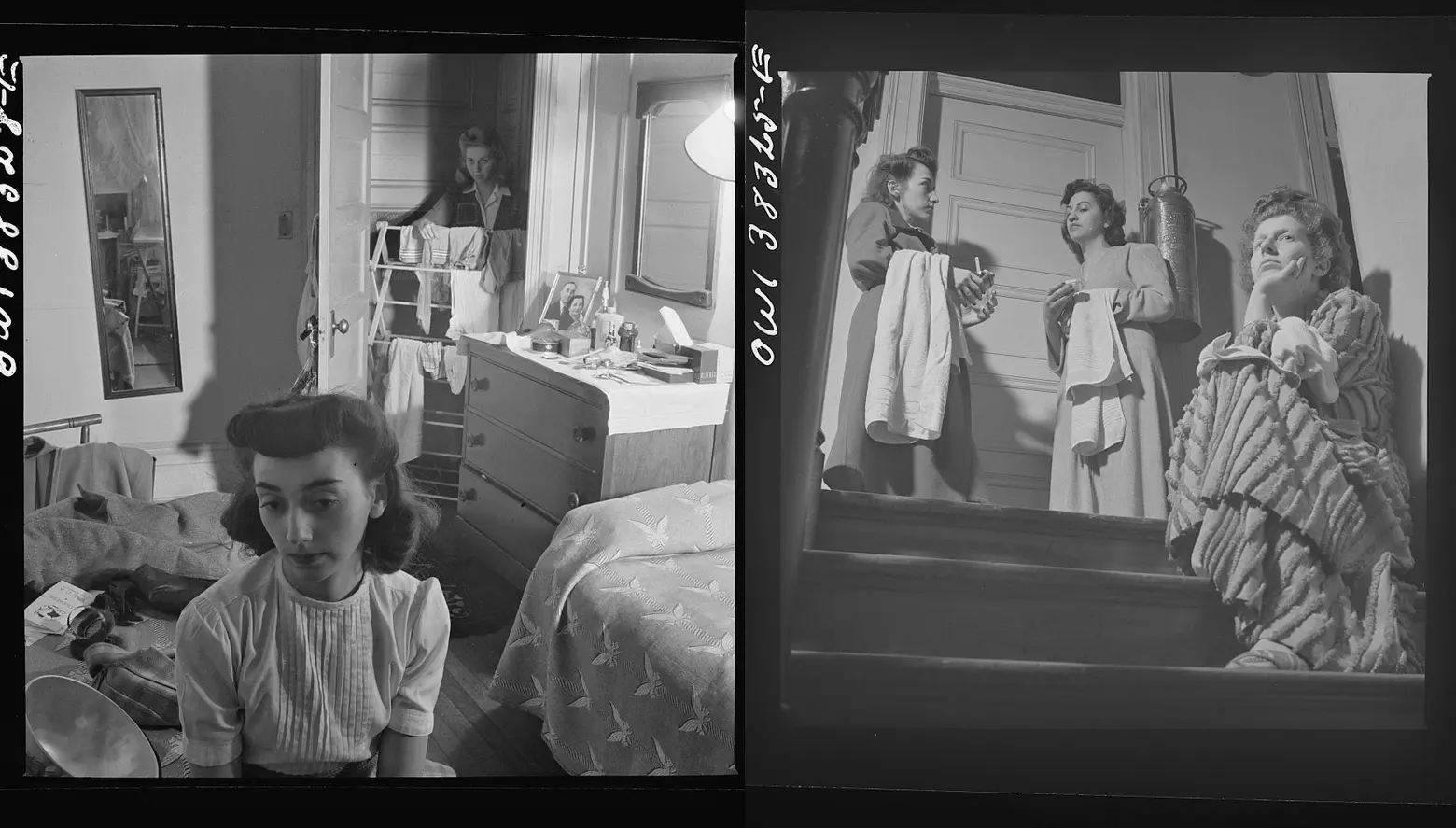
Images by Esther Bubley, 1943. Courtesy of the Esther Bubley Photo Archive
In the mid-19th century, as the city rapidly grew in area and population, many single New Yorkers faced difficult decisions on the housing market. Unlike the majority of today’s single New Yorkers, however, the decision was not whether to share an apartment with one or more roommates or squeeze into a studio apartment but rather which type of boarding house to inhabit. Ahead we’ll go over the history of the New York City boarding house, as well as where you can still find the handful that remains.
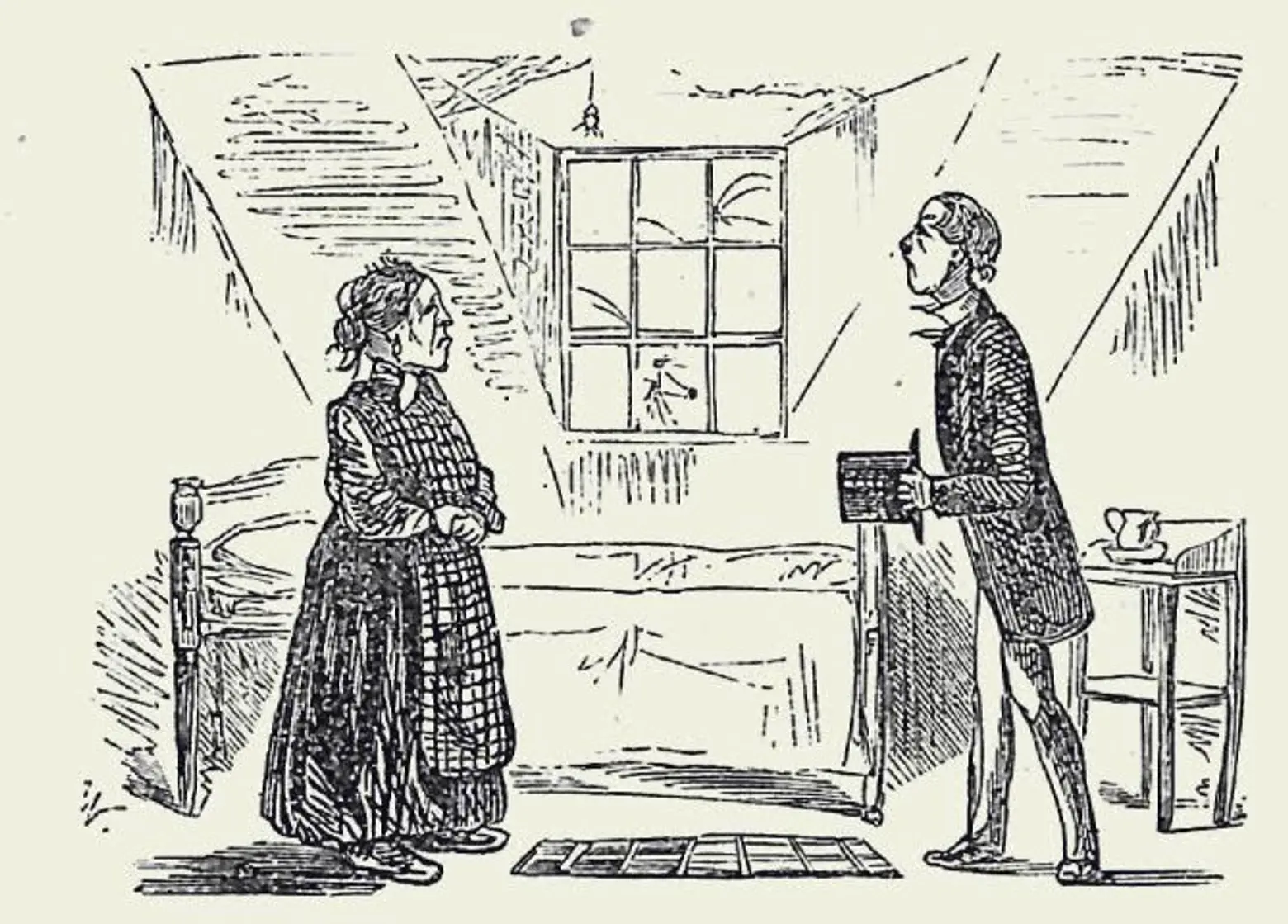 Illustration from ‘The Physiology of New York Boarding Houses’ by Thomas Gunn
Illustration from ‘The Physiology of New York Boarding Houses’ by Thomas Gunn
Types of Boarding Houses
Historians estimate that in the 19th century, anywhere from 30-percent to 50-percent of the U.S. population either took in boarders or lived as boarders at some point in their life. At their best, boarding houses offered single working urbanites a safe and clean home with two to three hot meals a day and a built-in sense of community. In New York, there were boarding houses to meet nearly everyone’s needs. There were Jewish and Quaker boarding houses, boarding houses catering to Chinese, German and Irish immigrants, boarding houses for sailors, medical students and “marriageable women,” and boarding houses catering to men and women, as well as co-ed arrangements.
For boarders with even more specific needs and inclinations—for example, vegetarians and supporters of women’s suffrage—there were options too. According to Thomas Gunn, author of the 1857 guidebook “The Physiology of New York Boarding Houses,” both demographics would have been entirely welcome at a meatless boarding house in the Battery. Run by a devout vegetarian and male supporter of women’s rights, this ultra-clean home offered meals where “Everything was of the herbaceous and farinaceous description” alongside enlightened conservation. Not surprisingly, the house had its share of eccentric tenants, including a sunflower-leaf-smoking gentleman who refused to even utter the word “meat” and a teen-age spiritual medium.
Unfortunately, not all of the city’s boarding houses were safe, clean and welcoming spaces. Not unlike today’s rental offerings, in the 19th century, New York’s boarding houses ranged from fine to fetid. As Gunn observed, in most private boarding houses, “Their spacious rooms have been divided and subdivided into so many apartments, that the place resembles a penitentiary, a hive, or barrack.” Sound familiar? Gunn further cautioned that upon entering a New York boarding house, one should brace for “lavatory arrangements” that are “mostly of an imperfect description” and rooms that “have not recently submitted to the purifying brush of the white washer.”
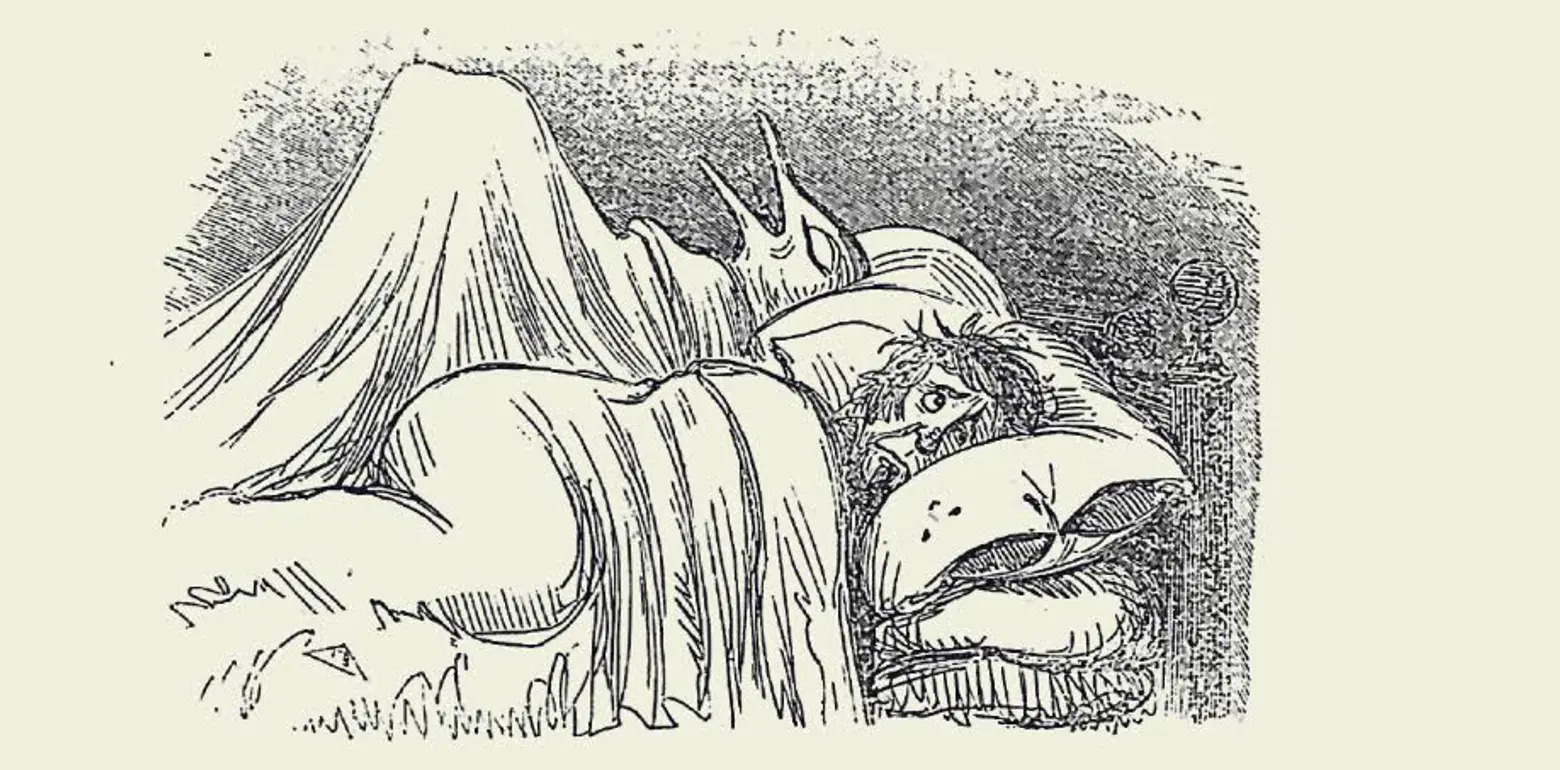 Illustration from ‘The Physiology of New York Boarding Houses’ by Thomas Gunn
Illustration from ‘The Physiology of New York Boarding Houses’ by Thomas Gunn
The Boarding House’s Decline
Despite their imperfections, boarding houses accounted for a high percentage of housing stock in New York between the mid 19th and mid 20th century. By the 1950s, however, the boarding house era was already in decline due to a range of economic and social factors.
By the mid 20th century, rising affluence enabled a growing number of residents to live on their own, and by the 1950s, many of these people were fleeing downtown neighborhoods for the suburbs. As the most desirable tenants—single working women and men—opted to rent their own apartments or move out of the city altogether, running a boarding house posed new risks and became a less respectable occupation. In this changing climate, many existing boarding house owners got out of the boarding business. By the late 1960s, changing attitudes about sex and marriage were also increasingly impacting the boarding house’s decline as unmarried women and men were now more likely to “shack up” in inexpensive studios than live separately in sex-segregated boarding houses. Combined these factors resulted in the virtual extinction of boarding houses by the 1970s and along with them, the elimination of an entire stock of affordable housing designed almost exclusively for single working people.
Selling the Boarding House to 21st-century New Yorkers
A century ago, Megan Paetzhold, a photographer who currently shares an apartment with a friend in Southeast Williamsburg, would likely have found herself living in one of the city’s many women’s or co-ed boarding house. She is single, in her 20s and as a working artist has a limited monthly income to cover her rent, utilities, and food. Yet, asked if she would consider living in a boarding house—even if it meant cutting her monthly housing and food costs in half—Paetzhold says, “Absolutely not!” “I like my privacy so much I couldn’t do it,” she explains, adding, “I would have difficulty with the rules and probably would never eat the meals, because I would want to choose when and what I ate.” She even worries that a boarding house might offer “too much of a community.”
While most single New Yorkers likely share Paetzhold’s position and would rather pay more for fewer rules, more privacy and the right to choose one’s roommates, there are at least a few city residents who do currently reside in boarding houses. In terms of location and price point, New York’s boarding houses offer amazing value for one’s money. How else can a single New Yorker with a limited income live in the Gramercy, Chelsea or Upper West Side for $580 to $1400 per month? But don’t get too excited—most of the city’s remaining boarding houses have long wait lists, specific selection criteria for future residents, and rules governing everything from overnight guests to alcohol consumption to where one may use an iron.
***
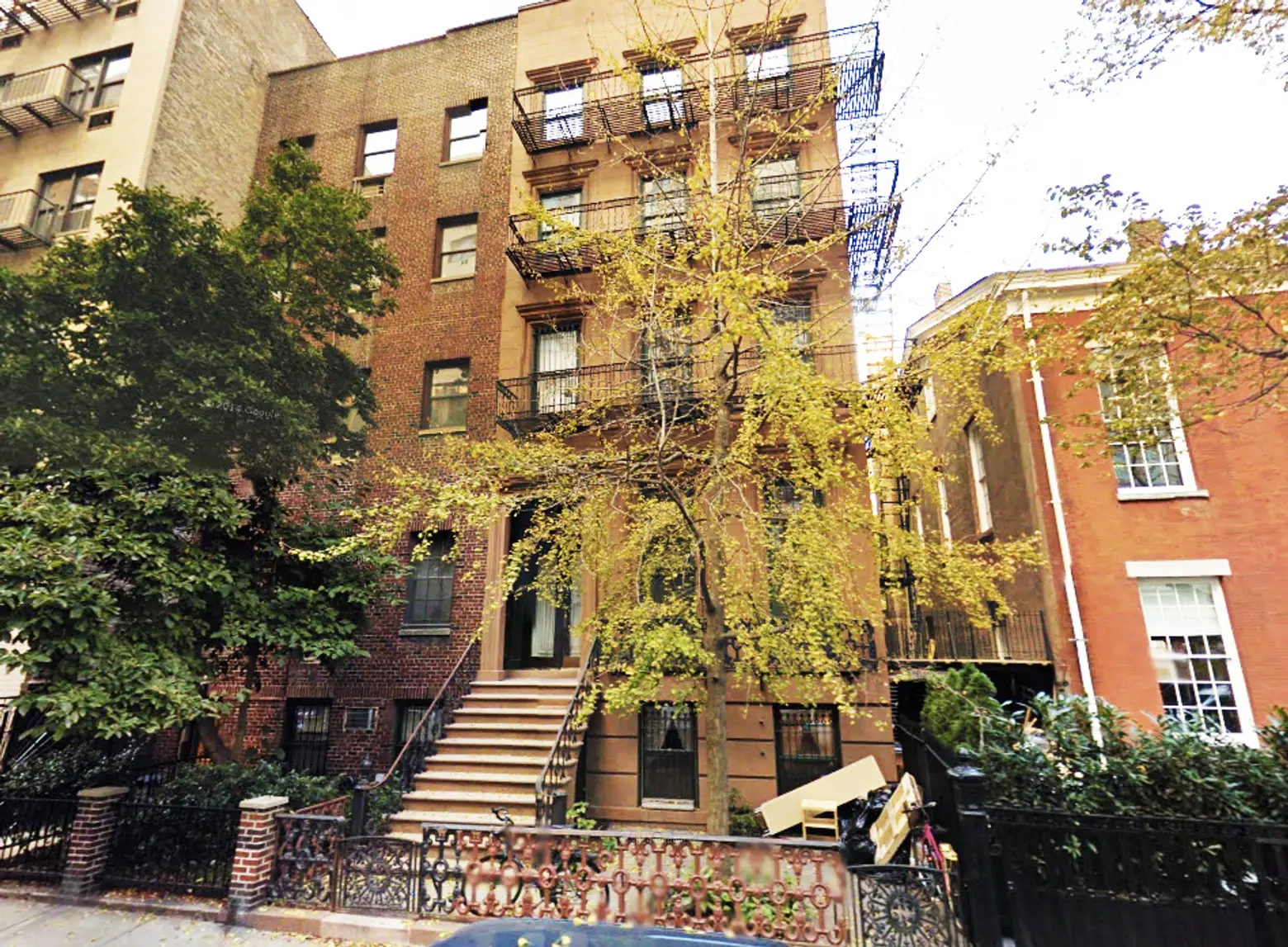 Image via Google Street View
Image via Google Street View
Boarding Houses Still Up and Running in NYC
Union Square, The Penington Friends House, 215 East 15th Street ↑
Situated on a quiet street just steps to Union Square, the Penington Friends House (seen above), a Quaker-run boarding house, is one of the few co-ed options in the city. In operation since 1897, the boarding house offers likeminded residents a peaceful and affordable housing option in a coveted location. Residents of the Penington enjoy meals cooked by a chef who makes an effort to use local and organic ingredients but don’t expect to enjoy a glass a wine with dinner—the house is a dry zone. Also, while once run by “servants” who did all the work, today all residents have assigned chores. The monthly room and board is $1068 to $1700, and there is a waiting list. To jump to the top of the list, it helps to be a Quaker or to have a demonstrated commitment to social justice.
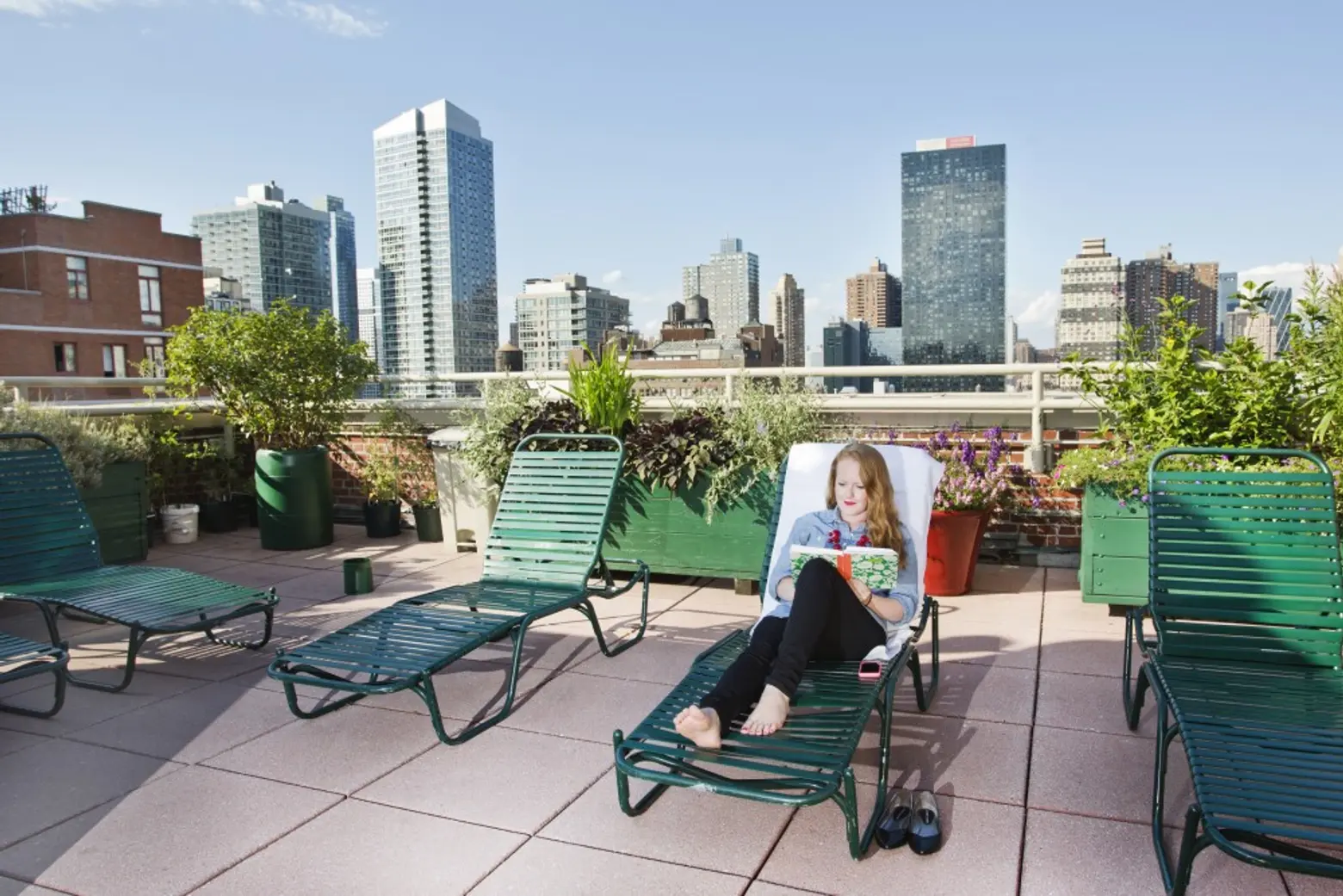 Image via The Webster Apartments
Image via The Webster Apartments
Midtown, The Webster Apartments, 419 West 34th Street ↑
The Webster Apartments opened in 1923. Founded with money from the estate of entrepreneur Charles Webster, the apartments continue to be guided by Webster’s original mission to this day. As stated in his will, the apartments must remain not-for-profit and solely “for occupancy by unmarried working women regardless of their religious belief or nationality.” While “the Web” is not without its rules (male guests are only permitted on the main floor, dining room and garden and ironing is only permitted in the laundry room), there is no curfew and residents may indulge in the occasional glass of wine. Notably, in addition to a private room and two meals a day, for $360 per week, Webster residents enjoy access to a stunning roof deck, six “beau parlors,” a stately library, green room and even zumba classes. Also, there is no need to clean your room—a housekeeper makes your bed every weekday and cleans the entire room once a week.
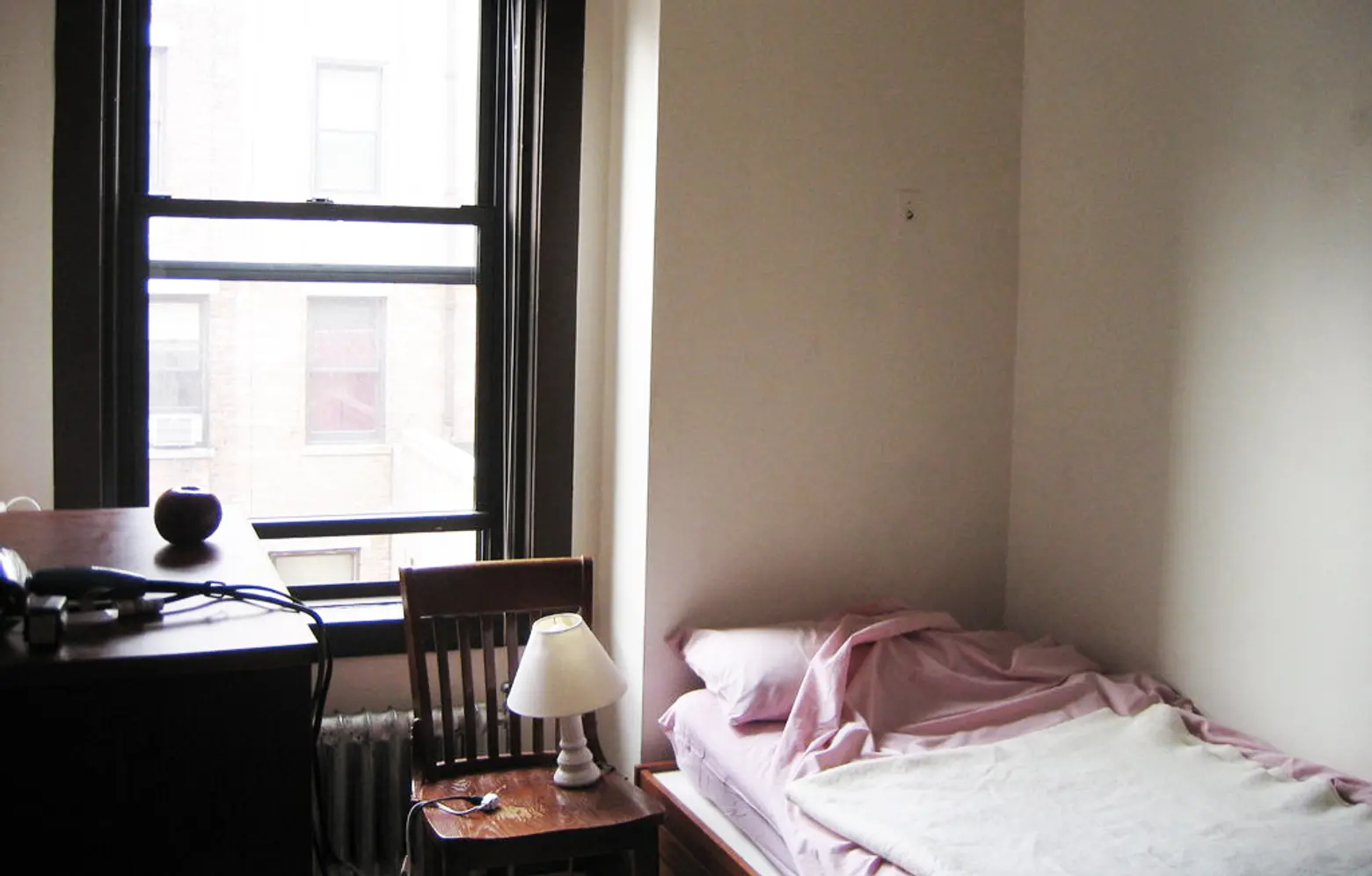 Image via the Brandon Residence for Women
Image via the Brandon Residence for Women
Upper West Side, Brandon Residence for Women, 340 West 85th Street ↑
Run by Volunteers of America, Brandon Residence (above) was founded in 1953 and has been in operation ever since. Like the Webster, male guests are not permitted in residence rooms but otherwise, the Brandon has limited rules and much to offer. For $1,118 to $1,332 monthly, residents are entitled to a private room with shared bathroom, two meals per day and access to the residence’s maid service, lending library, television room, and rehearsal spaces equipped with pianos. The Brandon also organizes weekly social events for its residents.
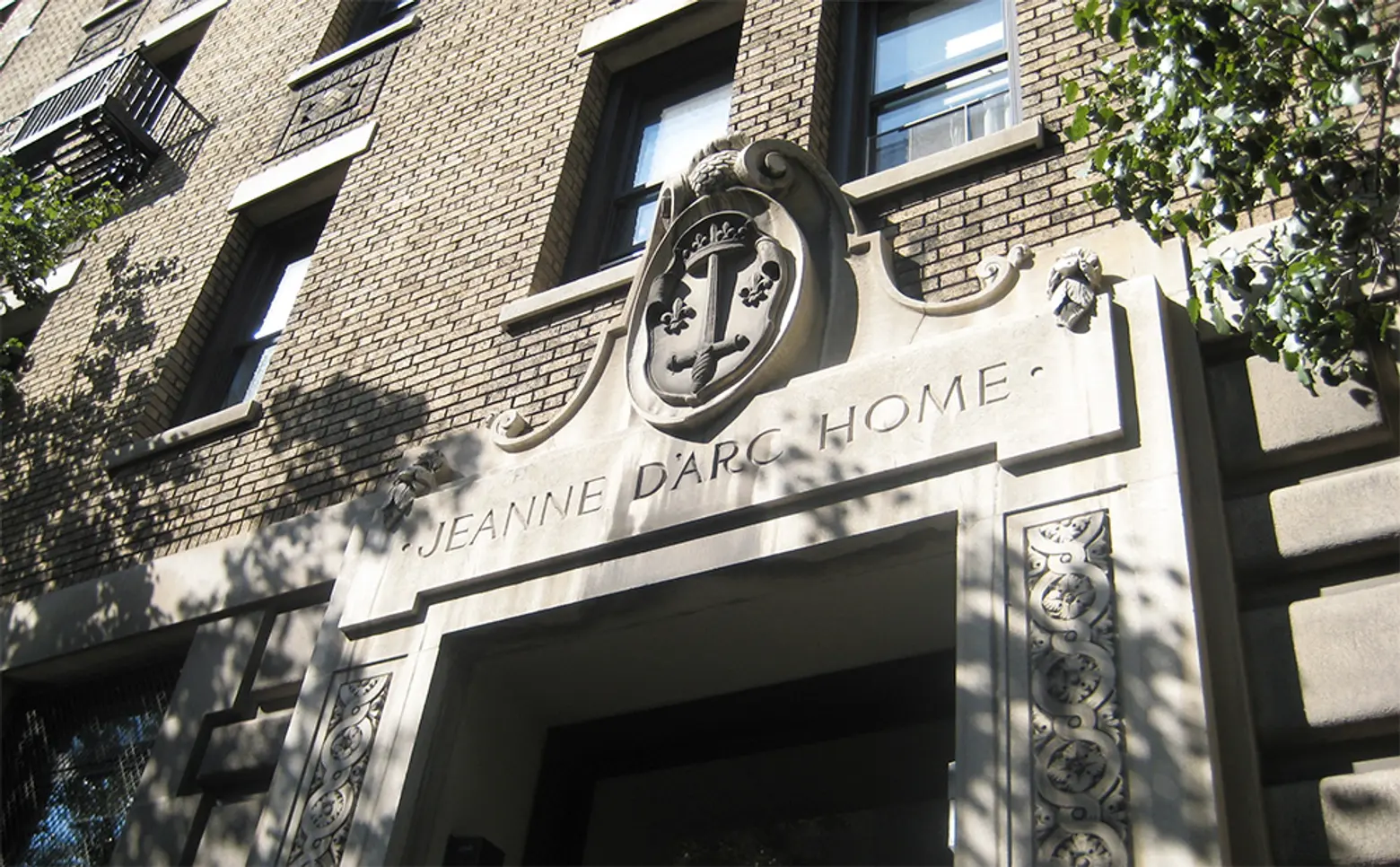 Image via Ephemeral NY
Image via Ephemeral NY
Chelsea, Jeanne d’Arc Residence, 253 West 24th Street ↑
If you happen to be looking for something a bit more monastic, the Jeanne d’Arc Residence is an ideal choice. Run by the Sisters of Divine Providence, the Jeanne d’Arc is naturally a woman-only affair. While the sisters do not provide meals, they do let residents use the kitchen. Unlike the Webster and the Brandon, residents will not find a rooftop deck, zumba or wine at the Jeanne d’Arc but given the location, one can’t beat the price point. Starting at $580 per month, the Jeanne d’Arc is equivalent to just a couple of nights in an inexpensive Manhattan hotel.
RELATED:
Get Inspired by NYC.
Leave a reply
Your email address will not be published.
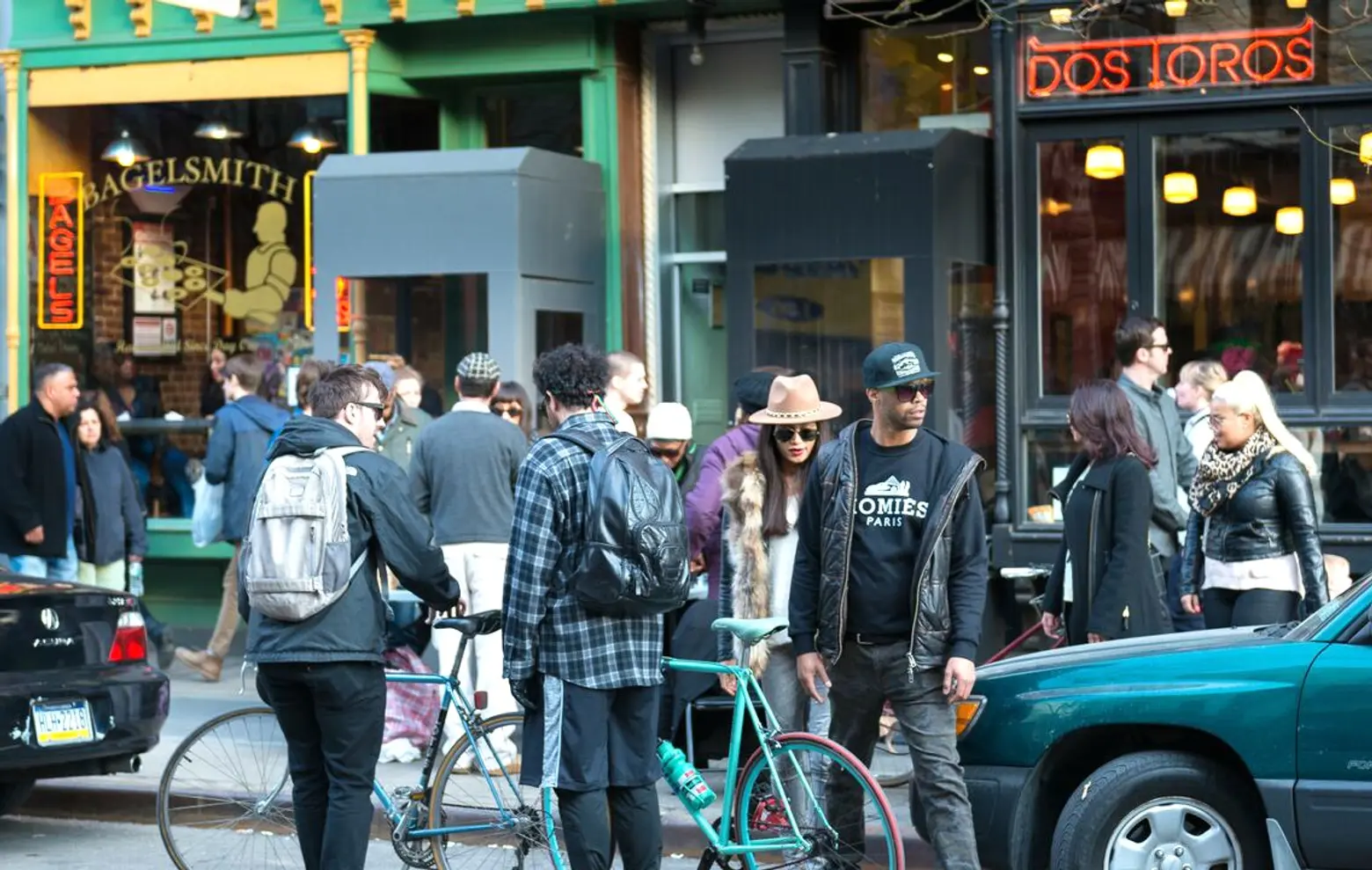
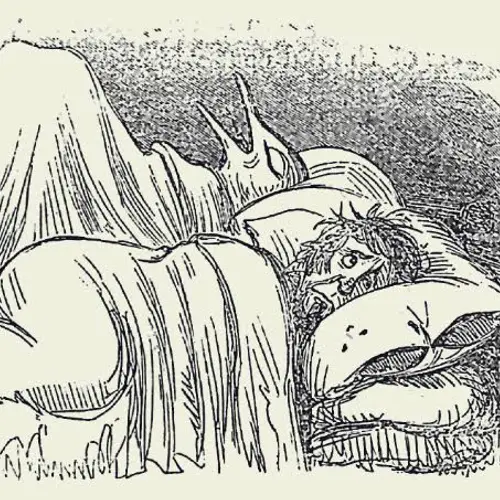
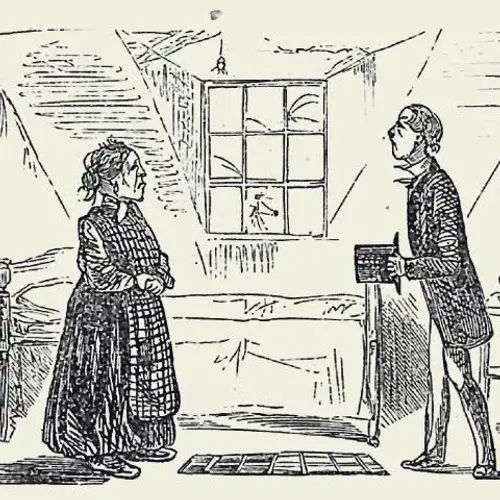
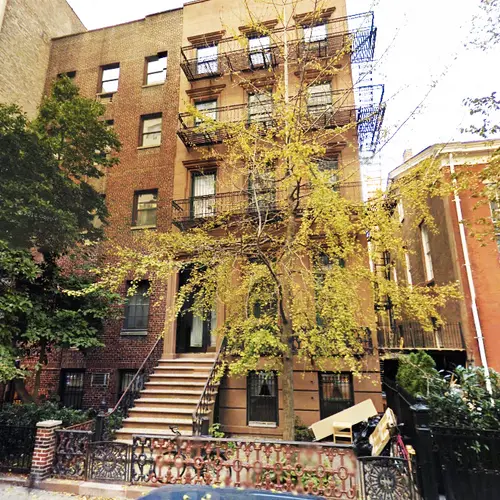
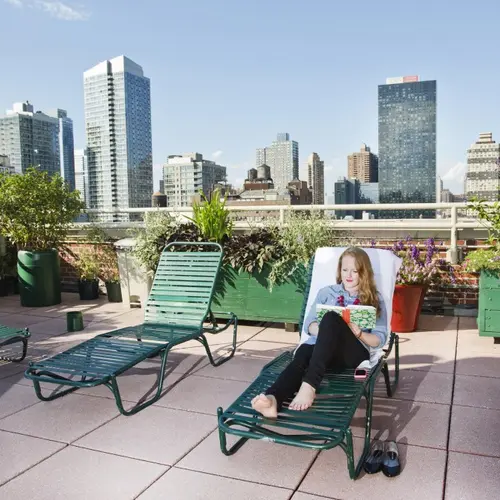
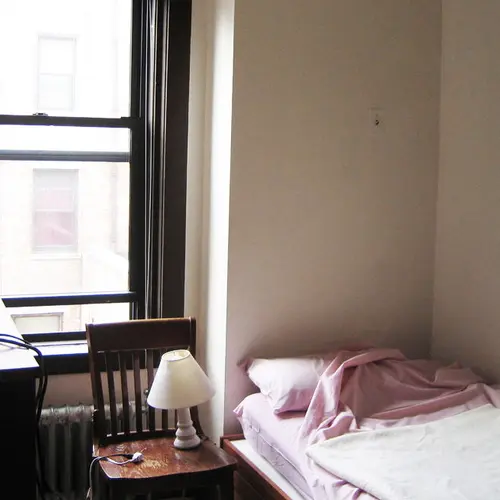
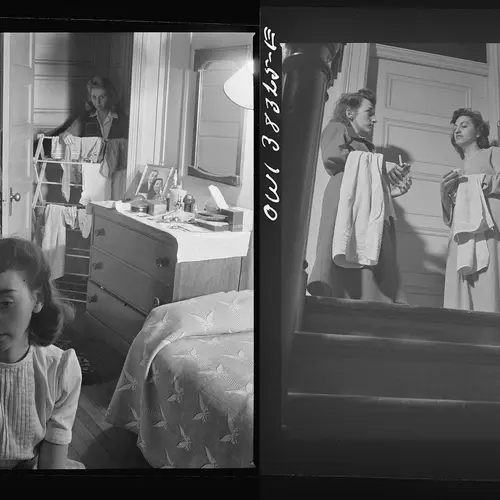
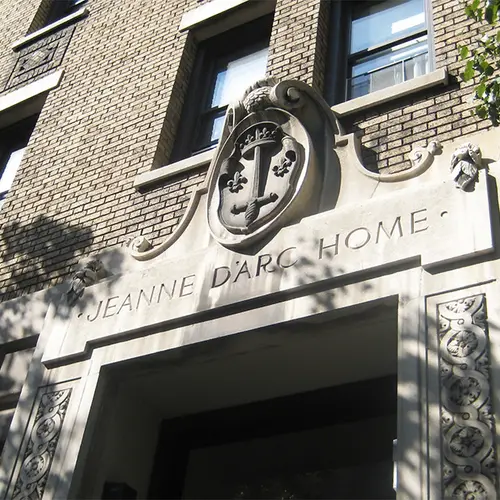






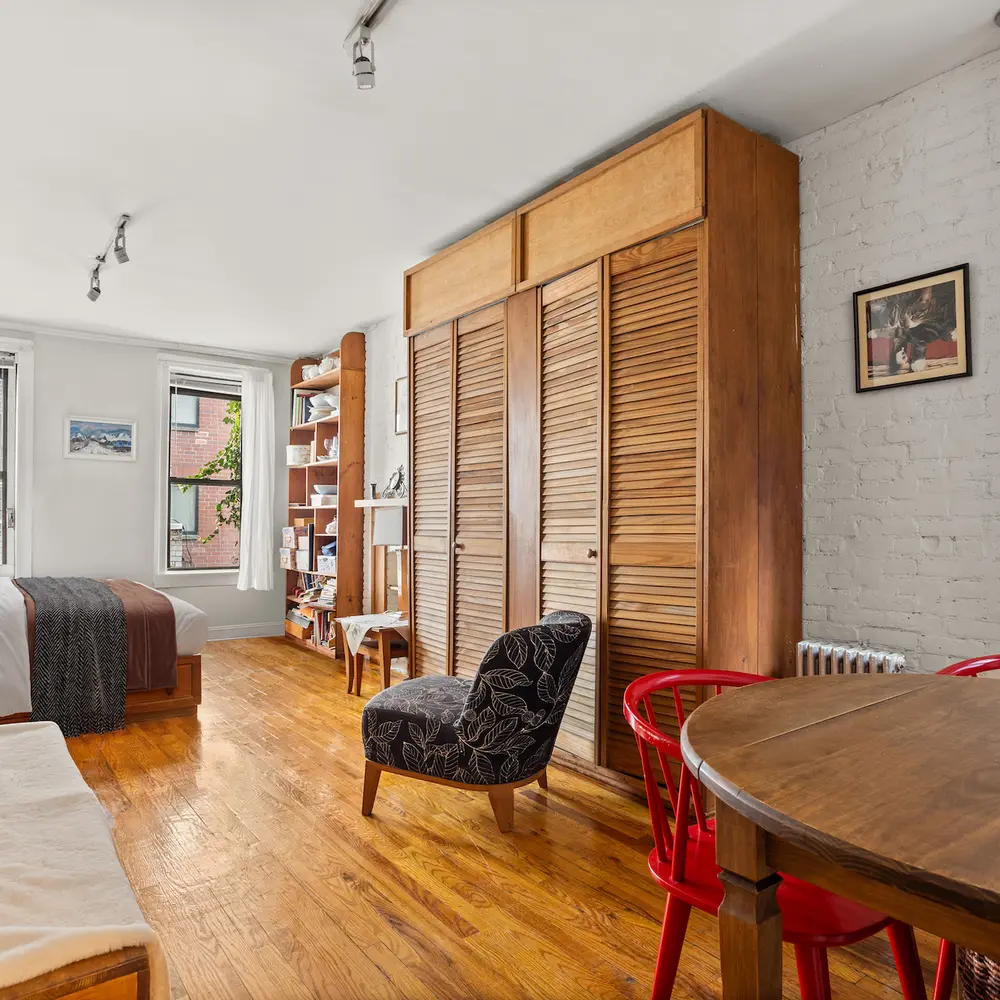
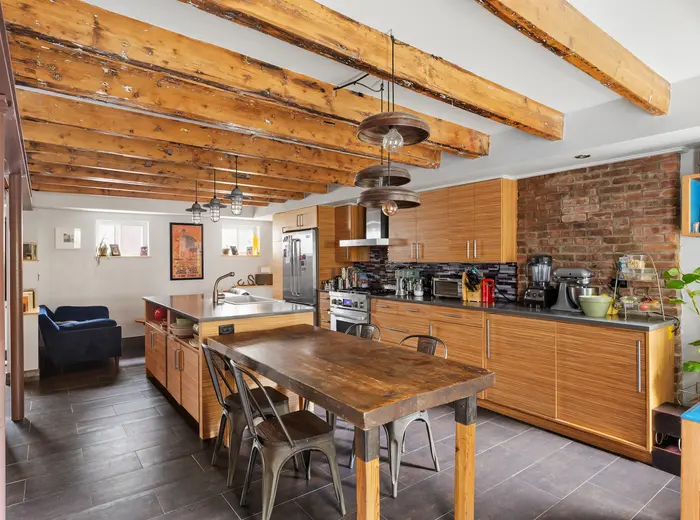
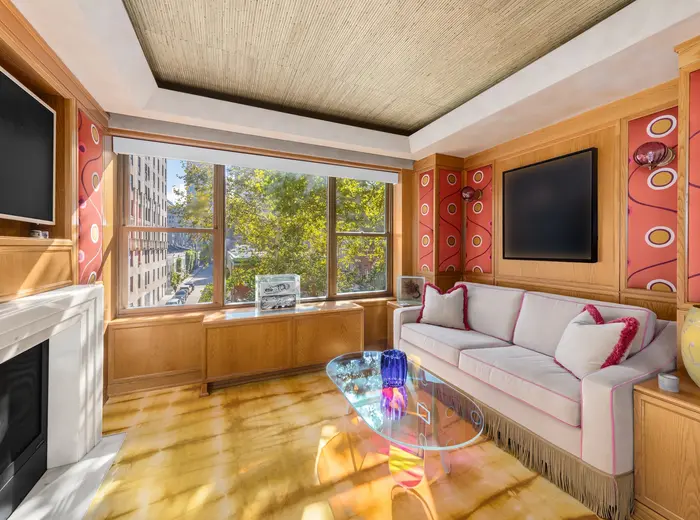
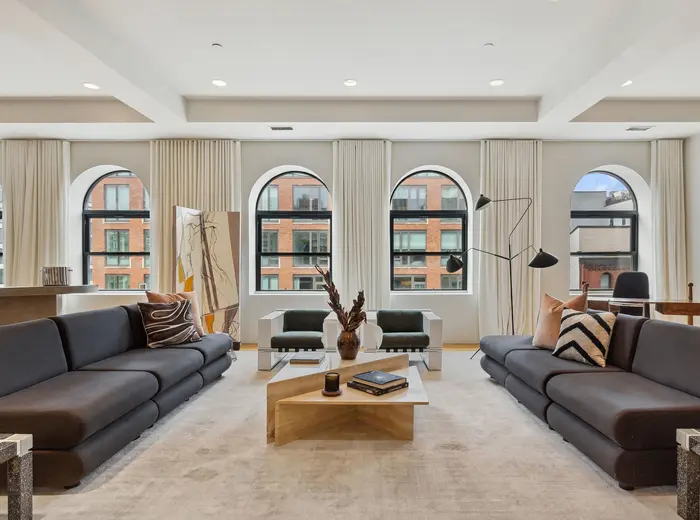
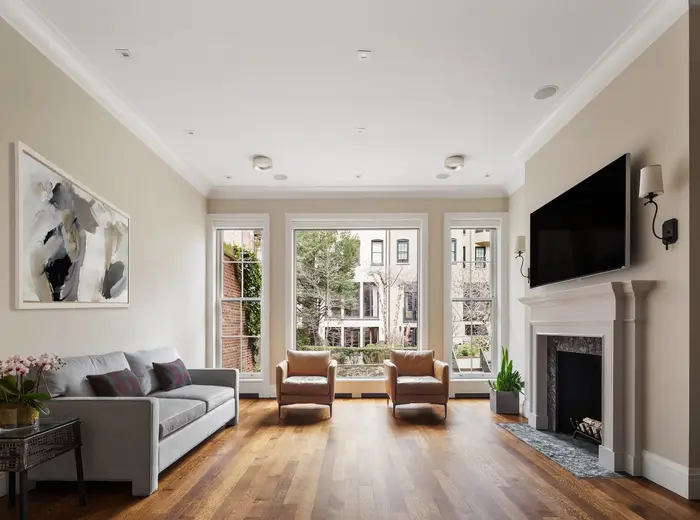
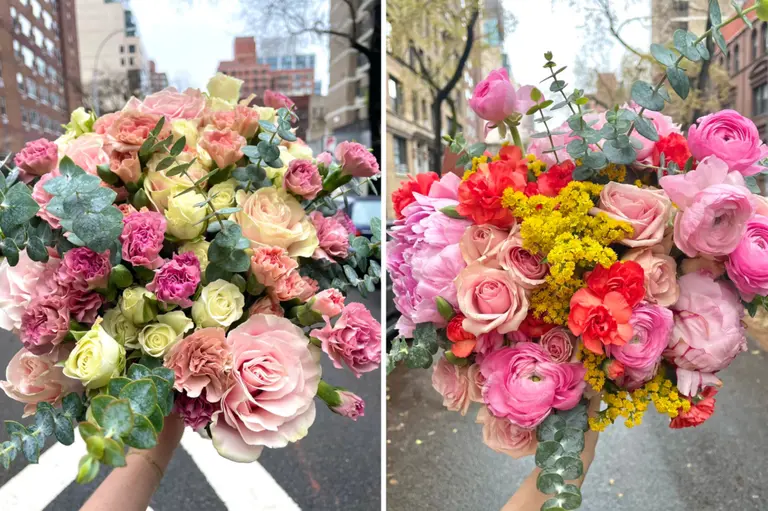
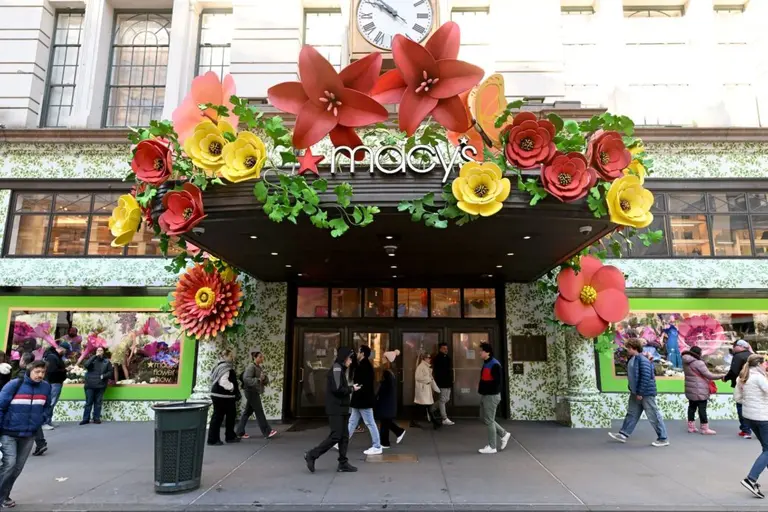
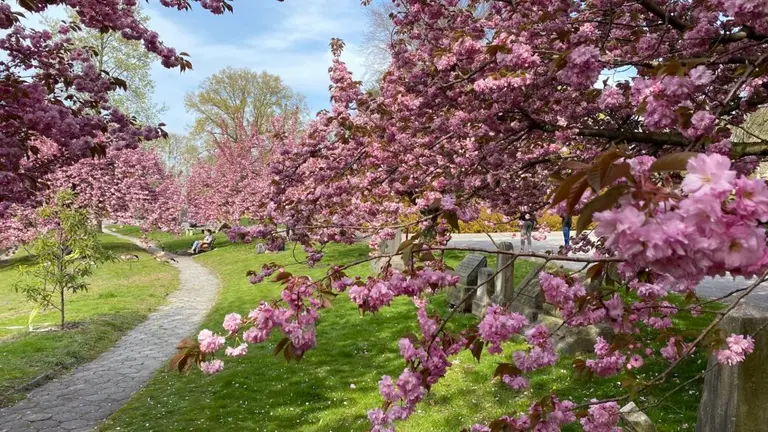
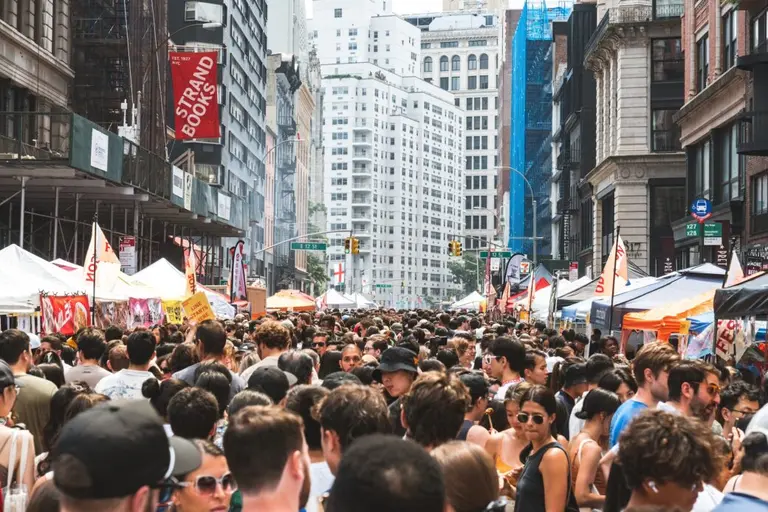













Hey Craig, very interesting article, thank you! Could you please let me know which sources you used?